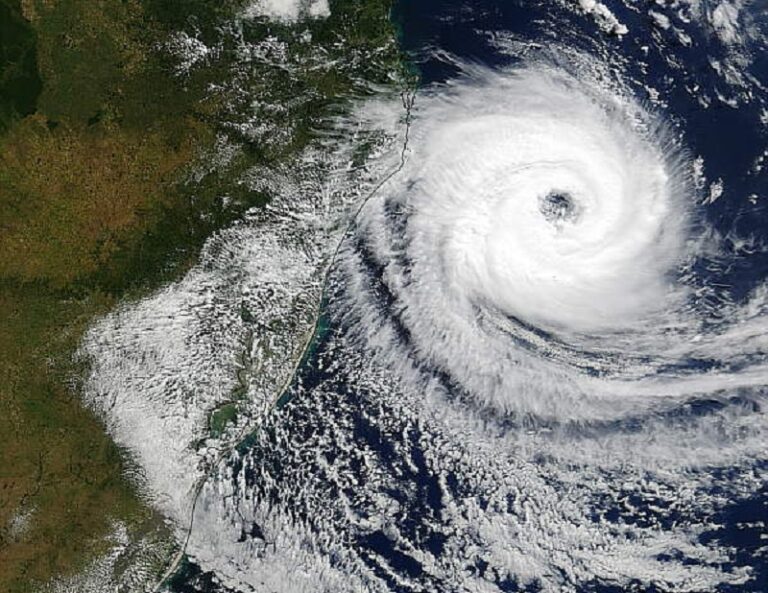The unusually stubborn La Niña has now ended after a three-year run and the tropical Pacific is currently in an ENSO-neutral state (neither El Niño nor La Niña).
There is a 60% chance for a transition from ENSO-neutral to El Niño during May-July 2023, and this will increase to about 70% in June-August and 80% between July and September, according to the Update, which is based on input from WMO Global Producing Centres of Long-Range Forecasts and expert assessment.
At this stage there is no indication of the strength or duration of El Niño.
The development of an El Niño will most likely lead to a new spike in global heating and increase the chance of breaking temperature records, said WMO Secretary-General Prof. Petteri Taalas. According to WMO’s State of the Global Climate reports, 2016 is the warmest year on record because of the “double whammy” of a very powerful El Niño event and human-induced warming from greenhouse gases. The effect on global temperatures usually plays out in the year after its development and so will likely be most apparent in 2024.
El Niño is a naturally occurring climate pattern associated with warming of the ocean surface temperatures in the central and eastern tropical Pacific Ocean. It occurs on average every two to seven years, and episodes usually last nine to 12 months.
El Niño events are typically associated with increased rainfall in parts of southern South America, the southern United States, the Horn of Africa and central Asia.
In contrast, El Niño can also cause severe droughts over Australia, Indonesia, and parts of southern Asia.
During the Boreal summer, El Niño’s warm water can fuel hurricanes in the central/eastern Pacific Ocean, while it hinders hurricane formation in the Atlantic Basin.
El Niño and La Niña are major – but not the only – drivers of the Earth’s climate system.
In addition to the long-established ENSO Update, WMO now also issues regular Global Seasonal Climate Updates (GSCU), which incorporate influences of the other major climate drivers such as the North Atlantic Oscillation, the Arctic Oscillation and the Indian Ocean Dipole.
pll/ro/lpn









